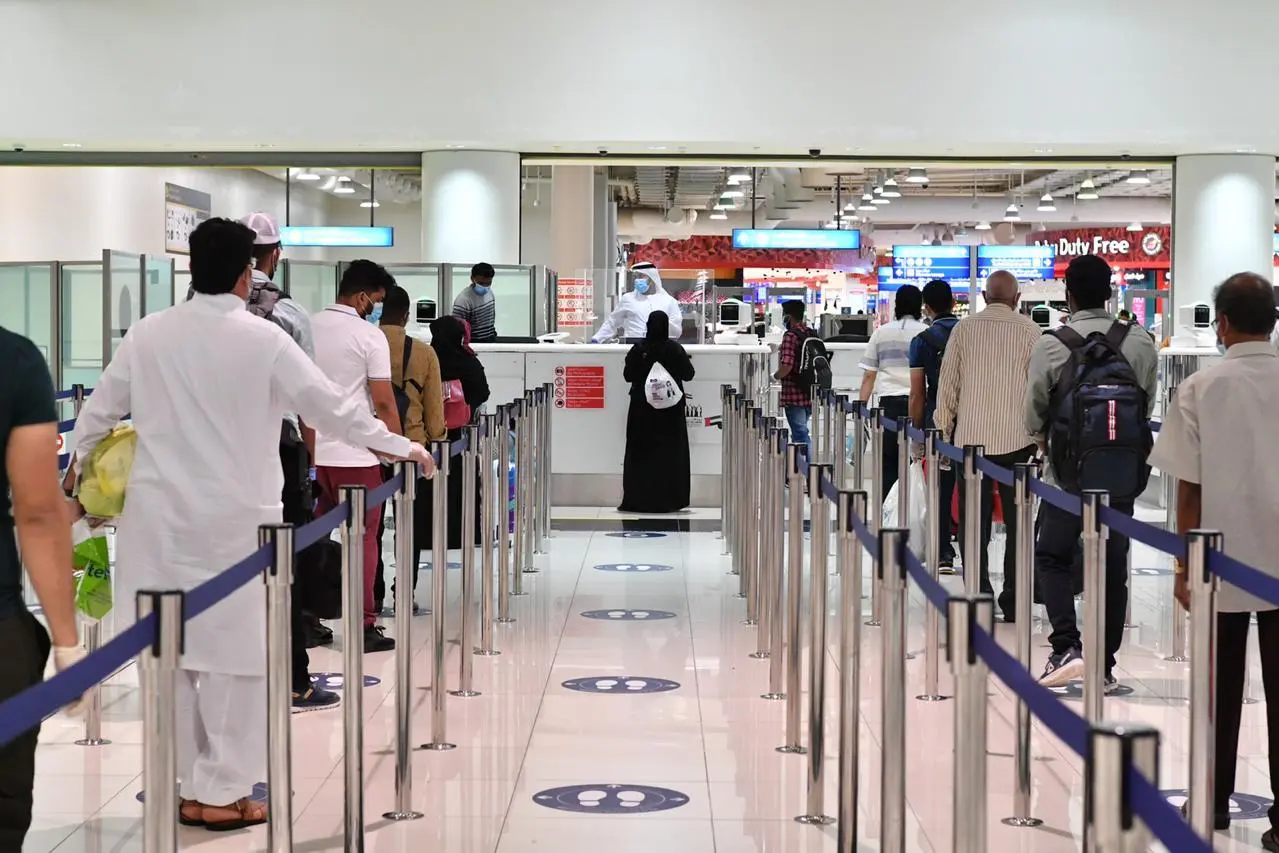PHOTO
The outlook for the Middle East's aviation industry has worsened, with experts now suggesting that a recovery would not take place before 2024 and that passenger numbers could drop by more than 140 million by the end of 2020.
The region is also forecast to shed 1.7 million jobs in the aviation and related industries, nearly half of the 3.3 million workforce, according to Muhammad Ali Albakri, regional vice president for Africa and the Middle East at the International Air Transport Association (IATA).
“Global air traffic is still down 47 percent of what they were at the beginning of the year. We see a bit more traffic in Europe and China. However, unfortunately, both Africa and the Middle East are lagging behind,” Albakri said during a media briefing on Wednesday.
The IATA official has warned that not one country in the Middle East has been spared from the financial fallout of the virus, adding that some companies could eventually fold up their operations as a result.
“Everybody in the Middle East and Africa is really suffering from the situation and will continue to suffer, and the end result, as we have seen, is that more and more airlines will disappear,” Albakri said.
The UAE has seen thousands of job cuts in the aviation sector recently, as airlines struggle to cope with record low passenger numbers despite attempts to restart the industry and redeploy grounded aircraft to various global destinations.
IATA officials had earlier said that strict quarantine measures, as well as the resurgence of border closures in certain markets, are hindering recovery efforts in the industry.
Passenger traffic
As of October 11, passenger traffic in the Middle East, which includes key markets like the UAE and other countries in the Gulf Cooperation Council (GCC) region, was 60 percent lower compared to the beginning of the year. During the coronavirus lockdown in April, the region’s air traffic dropped to its lowest level, with airline passenger loss estimated to be around 92 percent of last year’s traffic.
Albakri said they have revised their forecast for the Middle East, as well as Africa, citing that the outlook has not improved compared to other markets. By the end of the year, passenger numbers in the region are expected to reach 30 percent of the traffic in 2019, down from the 40 to 45 percent forecast in July.
In absolute numbers, the Middle East region is expected to record 60 million travellers for the whole year, compared to 203 million in 2019. By next year, air travel demand is forecast to strengthen to 45 percent of 2019, or about 90 million passengers.
“We have downgraded the traffic forecast for both Africa and the Middle East for 2020. The traffic forecasts are worsening and not improving,” Albakri said.
“The Middle East is not expected to recover before 2024. It’s lagging a little bit about a year behind Africa,” said Albakri.
He pointed out that efforts should be focused on helping the industry restart, to help save millions of livelihoods in the region.
“We really need governments to come together and agree on a unified and harmonised way of how we restart the industry. But before we do that, we really need to make sure that we keep the industry alive. You’ve got to make sure that governments continue to support and provide financial relief that we’ve been talking about since February and March,” said Albakri.
(Reporting by Cleofe Maceda; editing by Seban Scaria)
Disclaimer: This article is provided for informational purposes only. The content does not provide tax, legal or investment advice or opinion regarding the suitability, value or profitability of any particular security, portfolio or investment strategy. Read our full disclaimer policy here.
© ZAWYA 2020












